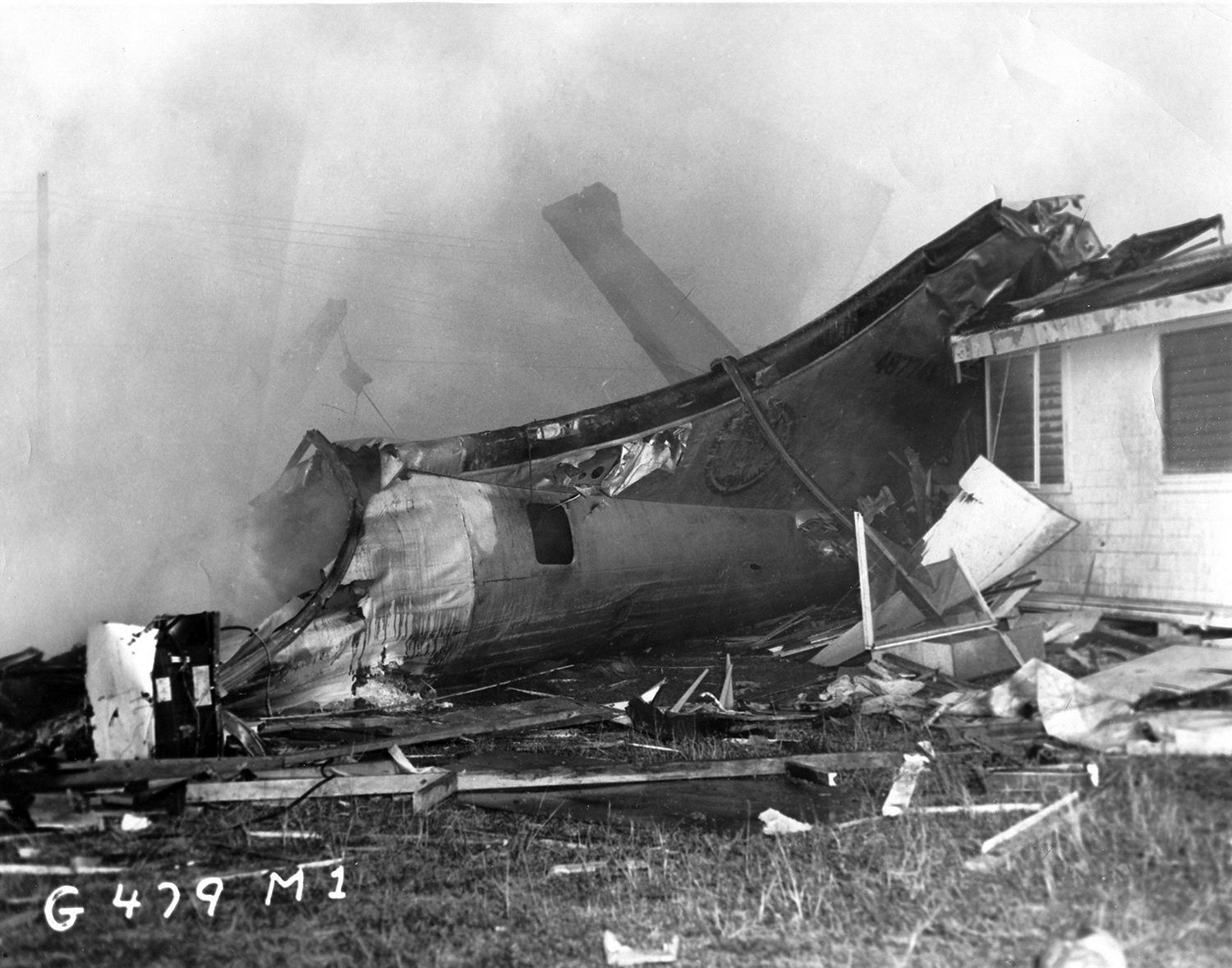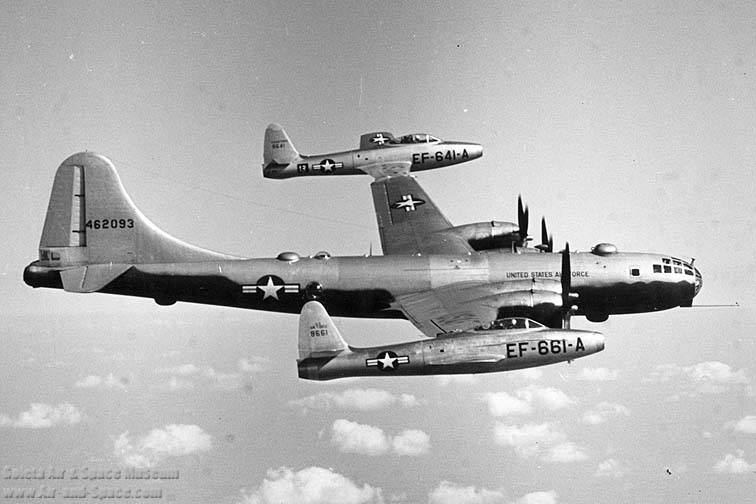Crash of a Boeing B-29-55-MO Superfortress in Ogden: 1 killed
Date & Time:
Dec 18, 1953
Registration:
44-86382
Survivors:
Yes
Schedule:
Sioux City - Ogden
Crew on board:
7
Crew fatalities:
Pax on board:
0
Pax fatalities:
Other fatalities:
Total fatalities:
1
Circumstances:
The crew was performing a flight from Sioux City to Ogden-Hill AFB, Utah. Upon arrival, the pilots mistook Ogden-Hinckley Municipal Airport for the nearly Ogden-Hill Airbase. After touchdown on a too short runway for this kind of aircraft, the heavy bomber overran, hit a 10-foot wide drainage ditch, crossed a highway and came to rest in flames. A crew member, James A. Gerwick, was killed, while six other occupants were injured. The aircraft was destroyed.
Probable cause:
Crew error while landing on the wrong airport.



